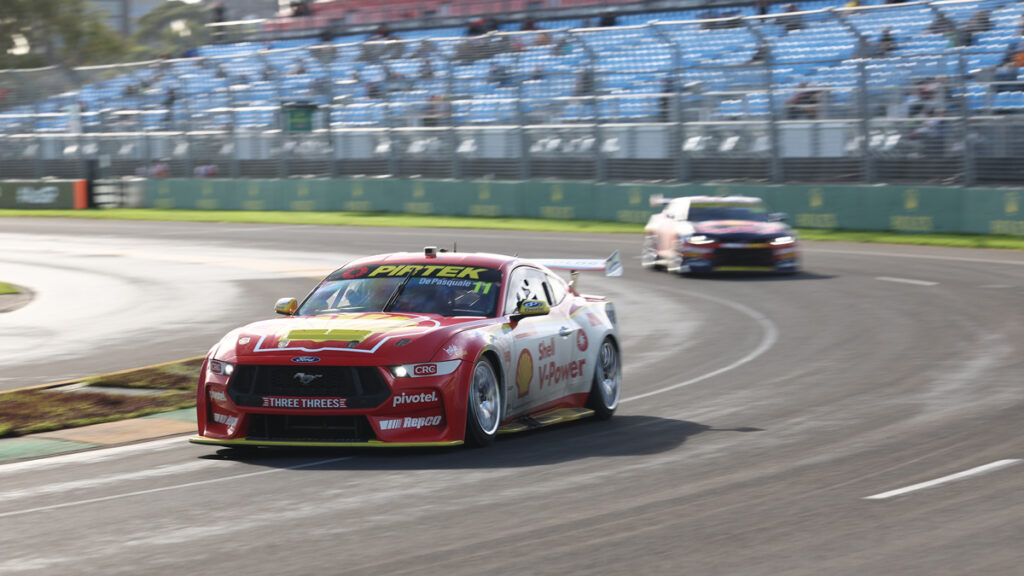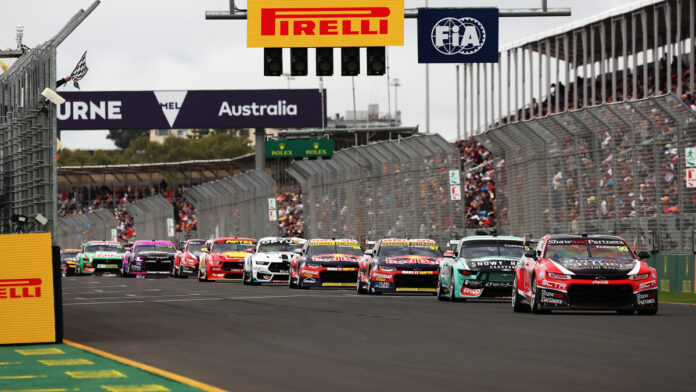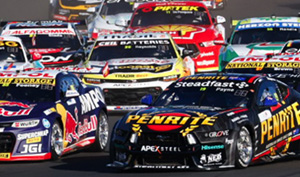PARITY. For lack of a better phrase, it’s the gift that keeps on giving.
The p-word roared back to life across the recent Melbourne SuperSprint – Supercars’ first Gen3 race weekend not on a street circuit.
So as fans and the industry await whether Ford calls for top-end engine equalisation will be answered, and what the outcome of post-Albert Park Centre of Gravity testing is, V8 Sleuth takes a look at an important element of the topic at hand.
An early disclaimer here: this writer is far from a technical guru, and parity is a very complex subject that takes into account aerodynamics, engine performance, Centre of Gravity and fuel consumption.
But it is a core pillar upon which the Supercars Championship has been built, and one that is frequently grounds for controversy.
“The Supercar Category is underpinned by the governing principle that to the extent that it is possible, Competition will take place between the different makes and models of Cars as equalised by the technical parity mechanisms enshrined in the Rules,” reads a section from the Operations Manual.
There is a common misconception around parity though and the way it should be judged.
Simply looking at the leaderboard does not really cut it.
That approach is pretty well no different to a regular debate in various football codes.
Coaches, players and fans alike are quick to point out when the free kick or penalty count is lopsided as proof that their team was hard done by.
Of course, that sometimes can be the case, but probably more often it is a reflection of one team displaying poorer discipline than the other.
MORE: Whincup’s stern response to parity claims
Similarly, a quick scour of the Albert Park results would show that all 12 podiums across the event went to Chevrolet drivers but not necessarily some contributing factors.
Anton De Pasquale should have been on the Thursday podium if not for a slow pitstop and his team missing the ‘declared wet’ loophole which rivals executed.
James Courtney did finish second on the Friday but was stripped of that by a post-race penalty for causing a first-corner incident.
Will Davison similarly finished second on the Saturday, only to lose that due to an unsafe pit release penalty.
None of that is to say that parity is fine, but rather a case in point.

On the flipside, declaring that parity is a non-issue purely based on there being an even number of Fords and Chevrolets in the top 10 of any given qualifying session or race is equally misleading, given the driver/team/other variables involved.
“The Category is not about equalisation of the abilities of participating Drivers and/or Teams,” the Operations Manual clarifies.
“It is up to individual Drivers and/or Teams to compete to the best of their abilities under the principle of technical parity.”
Data is the only true measure of parity.
All parties seem more or less comfortable with where aerodynamics are at, and few were expecting CoG testing to uncover anything drastic.
Engines and straight-line speed are the key areas set to be analysed between Albert Park and Perth at the end of the month, given what some believe was a noticeable difference between marques in that department during Round 2.
Again, parity is about equality of opportunity, not equality of results… and Supercars should now have a solid bank of data from two very different circuits to determine if a fix really is in order.




